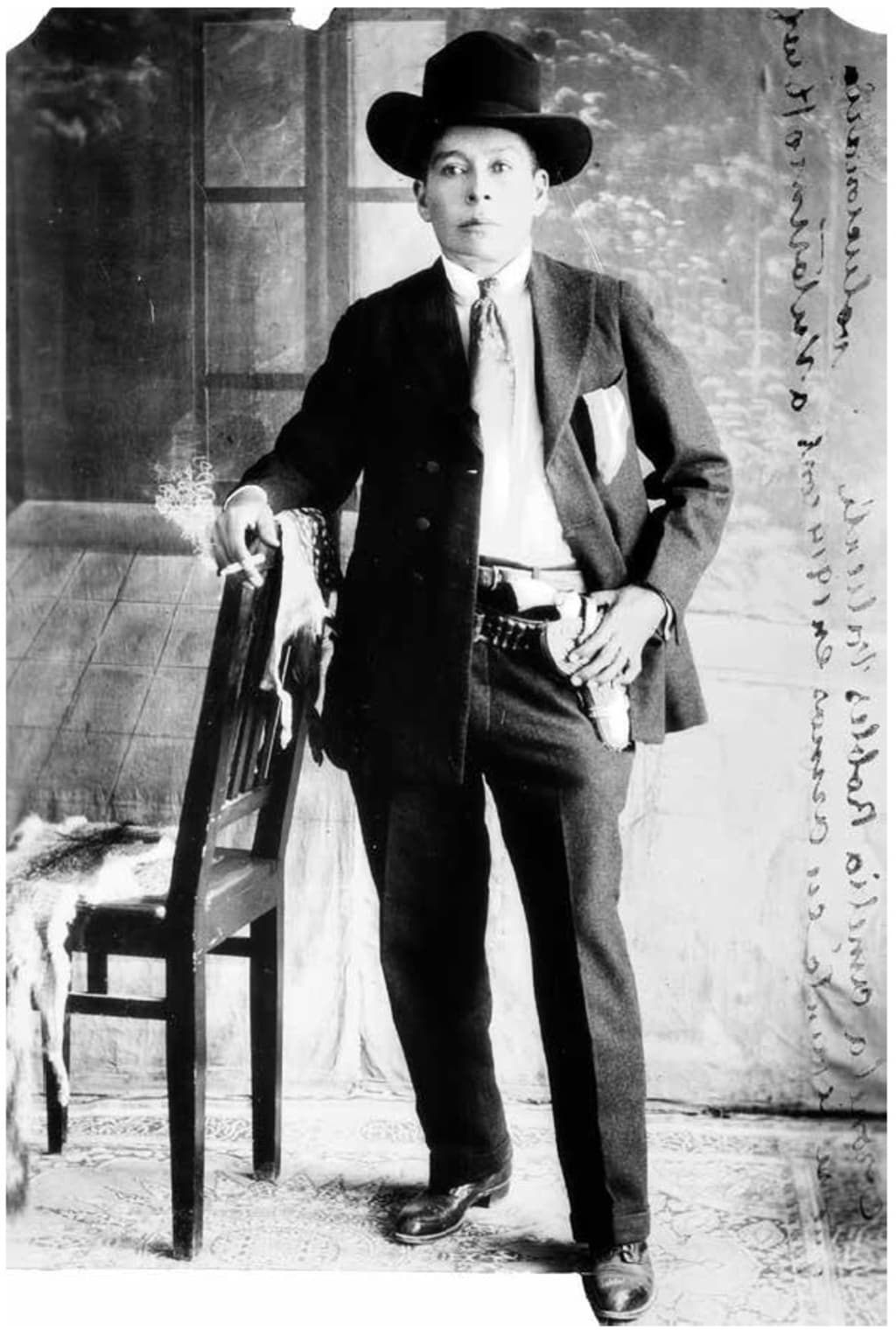Amelio Robles: A Transgender Hero of the Mexican Revolution
A Forgotten Tale of Gender Nonconformity

The Mexican Revolution is often remembered as a time of great bravery, courage, and valor, with larger-than-life figures like Emiliano Zapata and Pancho Villa becoming iconic symbols of the era. But for all its celebration of machismo and masculine strength, the revolution has also been marked by a troubling and persistent homophobia and transphobia, which have served to erase the contributions of many women and LGBTQ individuals who played relevant roles in the conflict.
This was tragically demonstrated in the recent controversy over a painting depicting Emiliano Zapata in a feminized pose, which sparked a violent reaction from a mob of protesters who demanded that the painting be removed and destroyed. This response reflects the deeply ingrained prejudices and stereotypes that still prevail in society, and which often make it difficult for individuals who do not conform to traditional gender roles to be recognized and respected for their contributions.
The list of individuals who defied expectations and broke with convention to make their mark on the conflict is endless from women crossdressing as men to political advisors who were nearly shot after rumors of them being homosexual spread. Yet, most of these figures have been forgotten or overlooked, their contributions erased from the popular narrative.
Among these unsung heroes is Amelio Robles, a revolutionary colonel who was not only a talented and effective leader on the battlefield, but he might also be Mexico's first documented transgender man, recognized as such by a government institution at a time when such identities were not widely understood or accepted.
Born Amelia in a small town nestled in the mountains of southern Mexico in 1889, Robles grew up in a world of privilege and comfort, attending a private religious school for girls and living a life of relative ease. From early age he demonstrated great skill handling both horses and guns which greatly entretained his townsfolked.
However, his world was turned upside down with the outbreak of the Mexican Revolution in 1910. In what he would later recount in an interview with the newspaper El Universal as a moment of youthful insanity and recklessness, Robles made the decision to join the Zapatista movement in 1912, despite not even being aware of the ideals they would fight for. He simply wished for the chance to be completely free.
In a time when women fighting in the Revolution had to disguise their gender, Amelio Robles did not shy away from revealing the truth about his birth. According to most accounts, he first entered battle wearing a red dress and long braids.
Robles showed exceptional skill in planning and executing ambushes, leading to his promotion to the rank of Coronel and putting him in command of over a thousand soldiers. Not only a skilled strategist, he was also known for his prowess in individual combat, famously stealing a horse from a renowned general.
In this environment he started transitioning towards his identity as Amelio, but it wasn't until 1924, when Robles, this time under the command of General Alvaro Obregon. was wounded in battle, prompting him to reflect on his identity and choose to completely embrace his true self as Amelio Robles.
Amelio Robles's post-revolutionary life was anything but typical, as he managed to escape the fate of many unconventional heroes of the revolution who were shunned and denied recognition for their contributions. On the contrary, Robles's achievements were recognized and celebrated.
Although his rank and right to a pension was not respected due to being part of an unofficial military body. He did recieve the recognition as a veteran, several condecorations and the documentation issued by the army acknowledged his chosen name and gender, a remarkable feat for the time and marking him as the first trangender man to have his identity recognized by a mexican institution.
After the war, Robles returned to his hometown where he lived near his family. He settled down with his partner, Angela Torres, whom he married in 1933. Together they raised adopted and raised a daughter, a feat that should have been impossible in those times.
As with many historical figures, the story of Amelio Robles is not without controversy, and there is a final chapter to his life that must be addressed. Upon his death, his family claimed that he renounced his lifelong choice to be recognized as a male and thus he is currently buried under the name Amelia Robles. Both the school and museum created in his honor also carry this name. However, it is important to note that this claim is disputed and raises questions about the agency and autonomy of transgender individuals.
Robles' story is both remarkable and inspiring, a testament to the power of the human spirit and the determination of individuals to overcome the limitations placed on them by society. Yet, it is also a sobering reminder of the ways in which our understanding of history can be shaped and distorted by prevailing biases and prejudices, and of the importance of uncovering and celebrating the stories of those who have been forgotten or excluded.
The image included in this article is owned by Fototeca Nacional del INAH and most of the information was obtained from the following article: Cano, G. (2009, abril 1). Amelio Robles, andar de soldado viejo. Masculinidad (transgénero). Debate Feminista, 39. https://doi.org/https://doi.org/10.22201/cieg.2594066xe.2009.39.1417





Comments
There are no comments for this story
Be the first to respond and start the conversation.